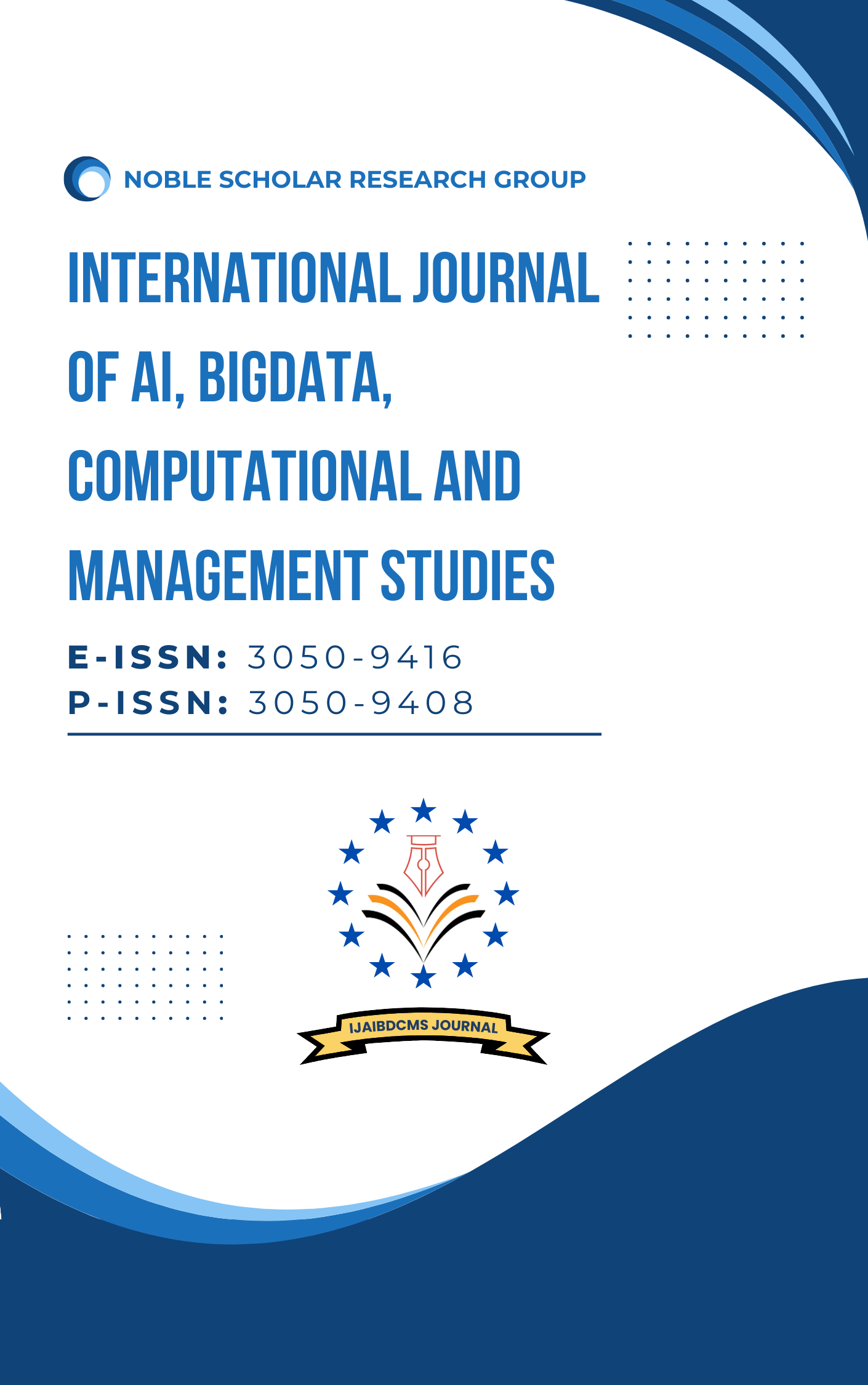Aligning Cybersecurity Compliance with Federal Privacy Laws: Challenges and Solutions for U.S. Enterprises
DOI:
https://doi.org/10.63282/3050-9416.IJAIBDCMS-V2I4P105Keywords:
Cybersecurity Compliance, Federal Privacy Laws, U.S. Enterprises, General Data Protection Regulation (GDPR), Health Insurance Portability and Accountability Act (HIPAA), Regulatory Fragmentation, Compliance Complexity, Legal Ambiguity, Zero Trust Architecture, Risk Assessments, AI-Driven Threat Detection, International Compliance StandardsAbstract
The increasing prevalence of cyber threats and the concurrent evolution of privacy laws have intensified the need for U.S. enterprises to adopt a comprehensive approach to cybersecurity and privacy compliance. The intersection of federal privacy laws such as the Health Insurance Portability and Accountability Act (HIPAA) and the European Union’s General Data Protection Regulation (GDPR) with globally recognized cybersecurity frameworks like ISO 27001 and the National Institute of Standards and Technology Cybersecurity Framework (NIST CSF) presents both opportunities and challenges. This paper explores the alignment of these standards, addressing the complexities of multi-framework integration, regulatory conflicts, and resource constraints. By proposing a unified governance model and harmonization techniques for control mapping, the study aims to guide enterprises toward holistic compliance. Case studies illustrate successful implementations and common pitfalls. The findings underscore the critical need for a strategic, technology-enabled approach to mitigate risks and ensure sustained regulatory compliance
References
1. U.S. Department of Health and Human Services, "Summary of the HIPAA Privacy Rule," HHS.gov. [Online]. Available: https://www.hhs.gov/hipaa/for-professionals/privacy/laws-regulations/index.html. [Accessed: Jan. 15, 2020].
2. European Union, "Regulation (EU) 2016/679 of the European Parliament and of the Council of 27 April 2016," Official Journal of the European Union, vol. L119, pp. 1–88, 2016.
3. International Organization for Standardization, "ISO/IEC 27001:2013 - Information Technology — Security Techniques — Information Security Management Systems — Requirements," ISO, Geneva, Switzerland, 2013.
4. National Institute of Standards and Technology, "Framework for Improving Critical Infrastructure Cybersecurity," NIST, Gaithersburg, MD, Apr. 2018.
5. E. E. Schultz, D. S. Brown, and T. A. Longstaff, "Responding to computer security incidents: Guidelines for incident handling," Computers & Security, vol. 17, no. 2, pp. 123–131, Mar. 1998.
6. M. D. Cross, "The European Union's General Data Protection Regulation and its impact on global businesses," International Journal of Information Management, vol. 39, pp. 120–125, Apr. 2018.
7. R. K. Cavoukian, "Privacy by Design: The 7 Foundational Principles," Information and Privacy Commissioner of Ontario, 2009. [Online]. Available: https://www.ipc.on.ca/wp-content/uploads/Resources/7foundationalprinciples.pdf. [Accessed: Dec. 12, 2019].
8. P. Mell and T. Grance, "The NIST Definition of Cloud Computing," National Institute of Standards and Technology, Gaithersburg, MD, NIST Special Publication 800-145, Sep. 2011.
9. R. Ross et al., "Protecting Controlled Unclassified Information in Nonfederal Systems and Organizations," NIST Special Publication 800-171, Rev. 1, Dec. 2016.
10. S. Gordon, "Aligning ISO 27001 with legal and regulatory compliance," Information Security Journal: A Global Perspective, vol. 24, no. 1–2, pp. 16–24, Feb. 2015.
11. G. Stoneburner, A. Goguen, and A. Feringa, "Risk Management Guide for Information Technology Systems," NIST Special Publication 800-30, Jul. 2002.
12. B. Schneier, "Secrets and Lies: Digital Security in a Networked World," 1st ed., Wiley, New York, 2000.
13. J. B. Horrigan, "Online Privacy and Security," Pew Research Center, Sep. 2015. [Online]. Available: https://www.pewresearch.org/internet/2015/09/21/online-privacy-and-security/. [Accessed: Nov. 5, 2019].
14. T. D. Breaux and A. I. Antón, "Analyzing regulatory rules for privacy and security requirements," IEEE Transactions on Software Engineering, vol. 34, no. 1, pp. 5–20, Jan. 2008.
15. K. D. Bamberger and D. K. Mulligan, "Privacy on the books and on the ground: Learning from California's medical privacy regulation," Law & Policy, vol. 26, no. 2, pp. 211–238, Apr. 2004.
16. C. Tankard, "What the GDPR means for businesses," Network Security, vol. 2016, no. 6, pp. 5–8, Jun. 2016.
17. N. Robinson et al., "Data protection and privacy in Europe," International Journal of Law and Information Technology, vol. 18, no. 3, pp. 164–190, Sep. 2010.
18. A. Cavoukian et al., "The decade of privacy by design: Achievements and challenges," International Journal of Privacy and Health Information Management, vol. 4, no. 1, pp. 1–14, Jan. 2016.
19. S. Lee and H. L. Kim, "Using machine learning for cybersecurity governance," Cybersecurity Advances, vol. 22, no. 3, pp. 45–58, Aug. 2019.
20. P. Arora, "Scalability challenges in multi-framework compliance," Information Systems Journal, vol. 16, no. 5, pp. 283–297, Dec. 2017.
21. Kirti Vasdev. (2020). “GIS in Cybersecurity: Mapping Threats and Vulnerabilities with Geospatial Analytics”. International Journal of Core Engineering & Management, 6(8, 2020), 190–195. https://doi.org/10.5281/zenodo.15193953



